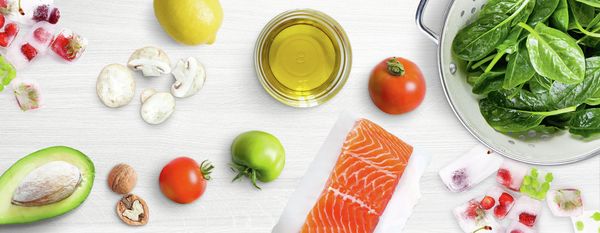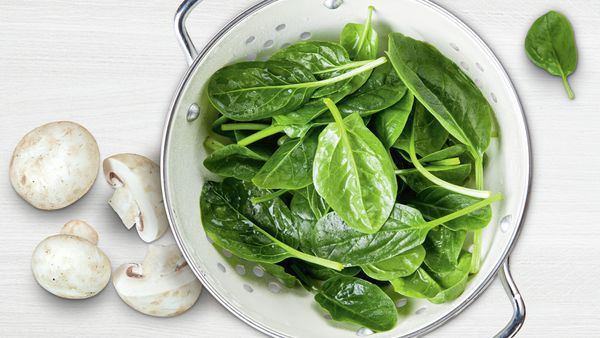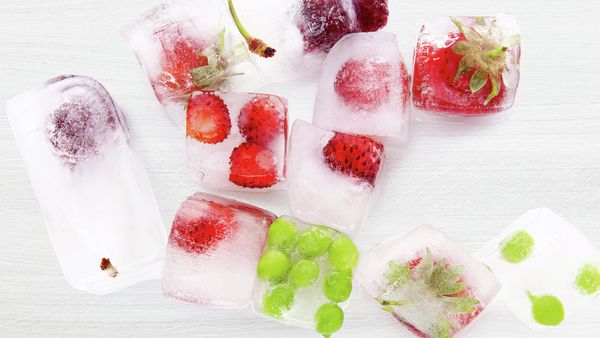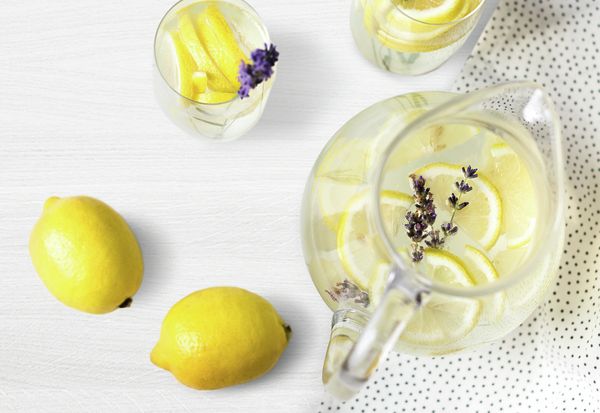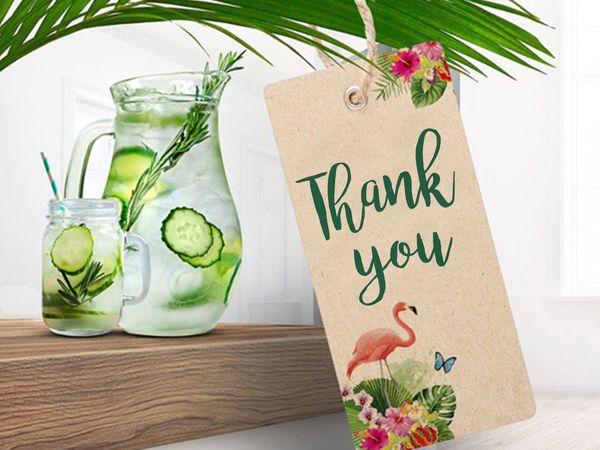Cooling
Top 5: Nutrition myths
Do you have to remove the stalk from tomatoes? Can I heat mushrooms again? There are plenty of nutritional myths in kitchens these days. Find out what’s going on, what’s true and what’s not so you can prepare your dishes safely and enjoy them as well.
Is it dangerous to reheat spinach and mushrooms?
This is a myth that’s past its use by date. But you still need to stick to a few rules. Boiled spinach and mushrooms should be cooled quickly, covered in your fridge and heated jus once more at most. Babies and toddlers shouldn’t eat warmed up spinach. Why? Because the good nitrate converts into nitrite at room temperature, which can lead to food poisoning in very small children.
Are the green parts of a tomato toxic?
The green parts of unripe tomatoes contain solanine. Small amounts are okay, but too much solanine can cause headaches or nausea. And large amounts can even be dangerous. So it’s always best to cut out the green parts, or let green tomatoes ripen and turn red.
Is fresh always best?
While fresh fruit and vegetables are of course very popular, they often travel a long way from the field to the store. And along the way they lose a lot of their vitamin C. The degree of freshness also depends on their time in storage, the way they’re stored and the temperature they’re stored at. Frozen foods are often a very good alternative as they’re frozen very quickly after harvesting, which often means more of their natural goodness, such as vitamin C, is retained.
Is fat always bad?
Let’s face it, fat has a bad reputation, but that’s now outdated because we do need fat as an energy supply. However, you should try and make sure you eat healthy fat. Vegetables are made up of more unsaturated fat and are preferable to more saturated animal fats. Basically, the more unsaturated the fat, the more valuable the food. For example, oily fish like salmon, and olive oil are both high in unsaturated fat and are among the “good” foods with fat.
Do citrus fruits have the most vitamin C?
Citrus fruits are generally thought of as the largest sources of Vitamin C. But Vitamin C is present in nearly every food. For example, compare lemon, with about 50 mg of Vitamin C per 100 g to 100 g of rose hip which has 1250 mg Vitamin C, or strawberries with about 65 mg, bell peppers with about 100 mg and cabbages with 105 mg per 100 g. If you don’t have oranges and lemons at home, you can always try vegetables.
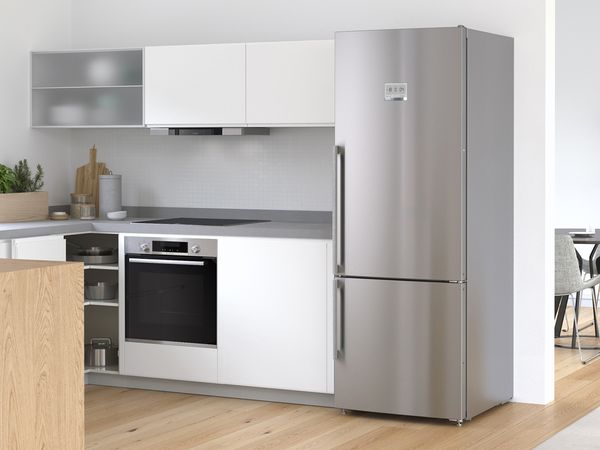
Want to find your perfect refrigeration appliance?
We can help guide you to your perfect fridge freezer.
Our simple and interactive Product Selector will ask you a number of personal requirements to narrow down your perfect appliance.
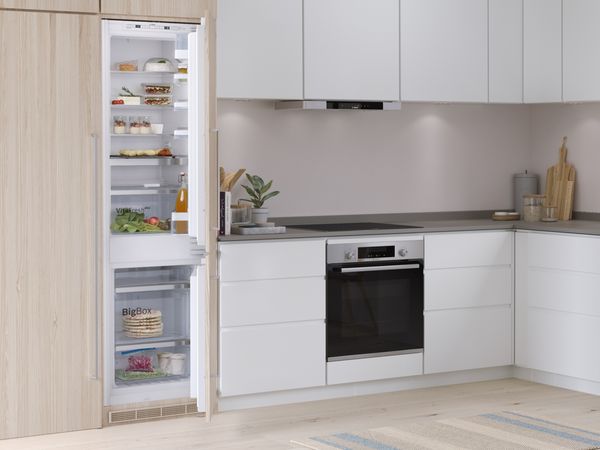
Bosch Home Appliances UK
We always offer absolute peak performance to make your everyday life easier. Our home appliances represent uncompromising quality, technical perfection and absolute reliability. Yesterday, today and in the future.

